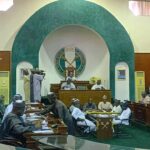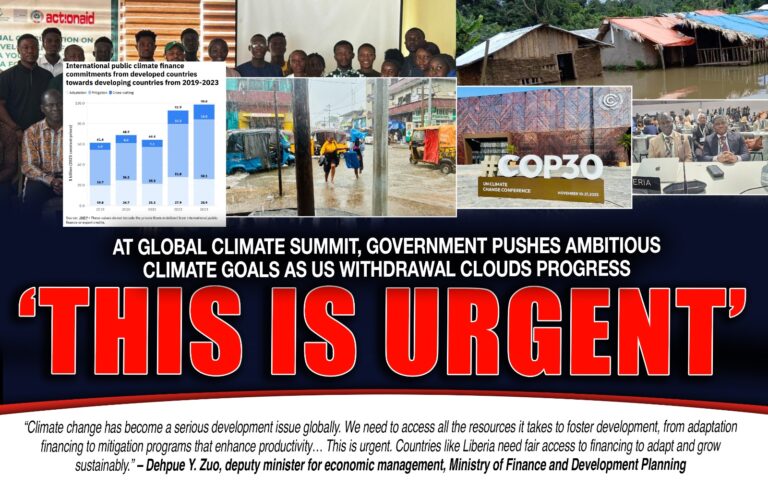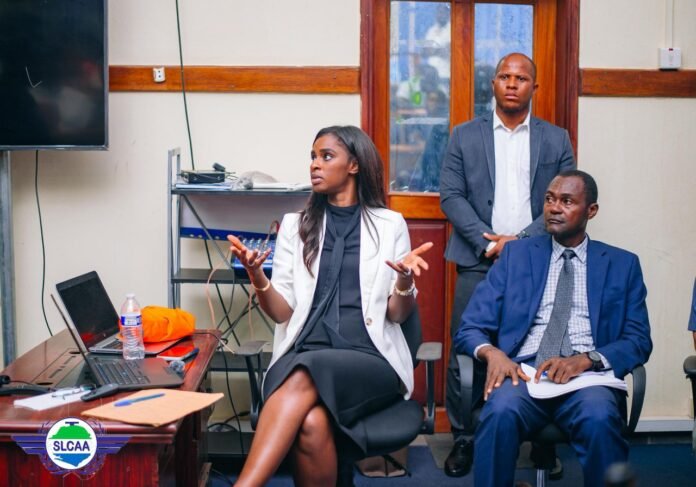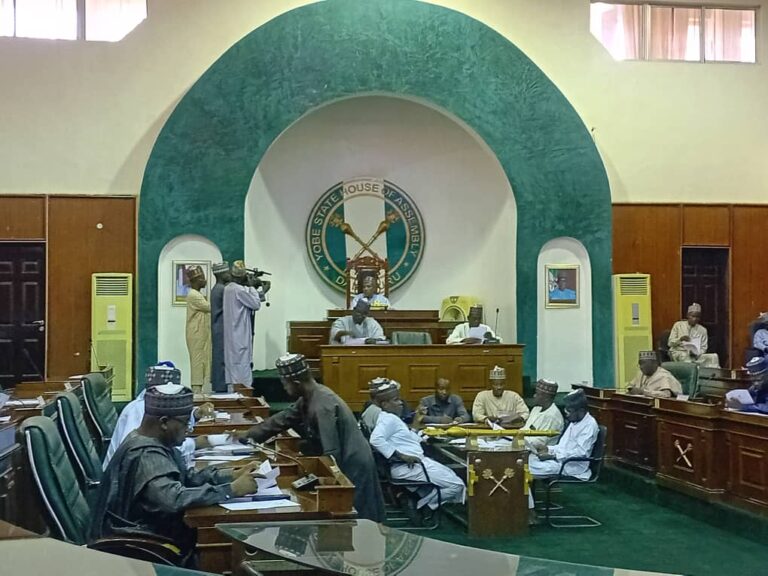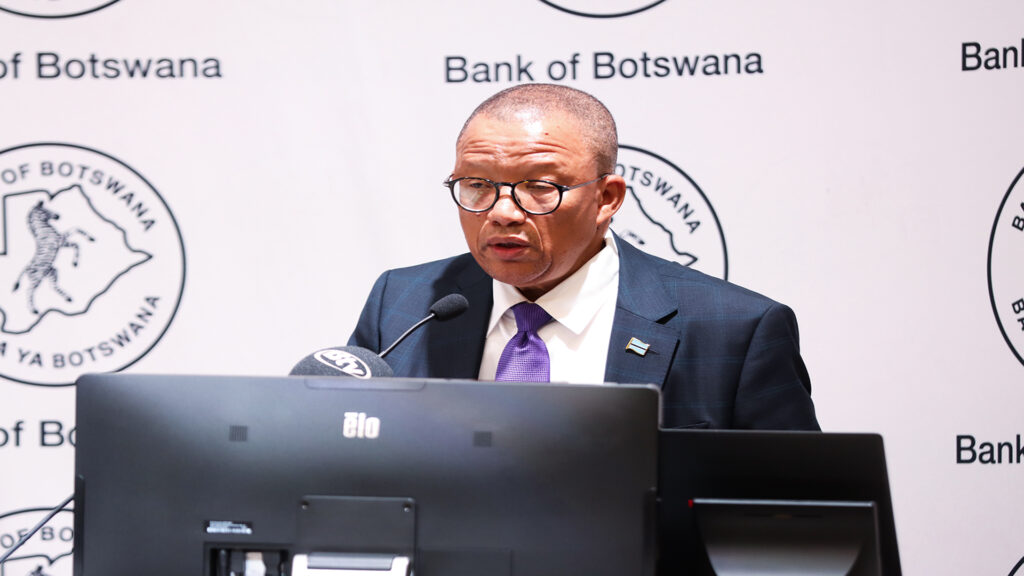
Increases MoPR from 1.9 percent to 3.5 percent
At a pivotal meeting on October 30, 2025, the Monetary Policy Committee (MPC) of the Bank of Botswana took the unexpected—but calculated—step of increasing the country’s Monetary Policy Rate (MoPR) by a hefty 160 basis points, raising it from 1.9 percent to 3.5 percent. What set this decision apart from typical rate hikes was the unique directive accompanying it: commercial banks were explicitly instructed not to raise their Prime Lending Rates (PLRs) in response. This maneuver reflects a nuanced approach by Botswana’s central bank to strengthen the signals sent by monetary policy and ensure an effective transmission mechanism while keeping borrowing costs relatively stable for businesses and consumers.
Botswana’s economic backdrop in 2025 paints a complex picture. The country is facing a modest economic contraction of around 1 percent this year, primarily due to a downturn in the diamond mining sector, which historically powers much of its economic engine. Inflation dynamics remain a focal concern. Inflation rates had been relatively subdued in the first half of 2025, averaging about 2.1 percent during the second quarter, below the medium-term target range of 3 to 6 percent. But inflation pressures have shown signs of building, with a sharp rise seen in September to 3.7 percent—returning to within the central bank’s target range but suggesting a worrisome bounce that requires vigilance.
The decision to raise the MoPR, while counterintuitive given the fragile economic growth, is aligned with the Bank of Botswana’s efforts to reinforce monetary policy effectiveness. The 160 basis point increase signals a deliberate attempt to narrow the gap between the MoPR and the lending rates commercial banks offer. Normally, this gap has hindered the transmission of policy decisions into the real economy. By asking banks not to immediately increase their Prime Lending Rates, the MPC aims to recalibrate market dynamics, ensuring the policy rate becomes a more potent tool, especially regarding monetary operations and liquidity distribution within the banking system.
Bolstering Botswana’s external balance is another critical objective behind this policy move. Earlier in July 2025, the central bank adjusted the exchange rate parameters, widening the trading bands around the Pula and allowing for greater flexibility in currency valuation. This adjustment was designed to safeguard Botswana’s shrinking official foreign exchange reserves, which had fallen significantly—from 62 billion Pula in June 2024 to about 45 billion Pula in mid-2025—amid a challenging global economic environment.
By raising the MoPR, the MPC is sending a strong signal to both domestic and international markets that it is committed to maintaining macroeconomic stability amid external pressures. Higher policy rates tend to attract foreign capital seeking better returns, which in turn supports the Pula’s value and helps preserve foreign reserves. This strategy helps maintain Botswana’s ability to meet international obligations and import needs without destabilizing shocks to the economy. Furthermore, the Bank of Botswana has widened buy-sell margins for the Pula in currency markets, enhancing liquidity and market functioning, a move complemented by the MoPR recalibration.
The directive to commercial banks to hold their Prime Lending Rates steady despite the MoPR hike is an intriguing tactic to temper any immediate tightening of credit conditions for businesses and households. This clear separation of the policy rate from the lending rate intends to smooth the transmission process while avoiding an abrupt rise in borrowing costs that could stifle economic activity during a downturn. It also emphasizes the central bank’s role in managing not just the cost of money but the overall financial ecosystem, including liquidity and credit flow nuances.
Economic experts view this move as a strategic recalibration, recognizing that traditional policy tools require adaptation in Botswana’s context, where market distortions and structural dynamics can blunt the impact of conventional interest rate changes. The Bank of Botswana’s decision underscores a sophisticated understanding of monetary policy as not only a blunt instrument for inflation but also a nuanced mechanism for market signaling and liquidity management.
This approach comes at a time when Botswana faces global headwinds including subdued diamond demand, energy price volatility, and inflationary pressures abroad. The contraction in Botswana’s key export sectors has posed challenges for employment and fiscal revenue, yet the MPC’s actions reflect confidence in monetary policy to stabilize the financial environment and anchor inflation expectations without triggering credit shocks.
On the domestic front, Botswana’s inflation trajectory in 2025 has registered volatility but remains within manageable limits. The central bank projects inflation could average around 3.5 percent for the year and rise to almost 6 percent in 2026, reflecting both external price shocks and domestic demand-side pressures. The MoPR increase aims to pre-emptively address these upward pressures by influencing money market rates and dampening inflationary momentum before it becomes entrenched [Bank of Botswana Press Release].
Market reactions to the MPC’s dual-pronged strategy—raising the policy rate while holding lending rates steady—have so far been cautious but positive. Investors and analysts recognize the Bank of Botswana’s commitment to proactive liquidity and exchange rate management as critical in sustaining macroeconomic resilience. The strategy appears to have softened volatility in lending markets and helped preserve the central bank’s credibility at a time when many emerging markets face inflation and currency crises.
Boasting a disciplined and transparent monetary policy framework, the Bank of Botswana regularly consults a broad spectrum of economic indicators and expert inputs through its nine-member MPC, which includes external appointees for enhanced oversight. This governance structure boosts confidence that the policy recalibration is deeply rooted in sound economic analysis, balancing short-term market signaling with long-term objectives of price stability and economic growth.
From a global perspective, Botswana’s monetary policy stance reflects a broader trend among relatively small open economies grappling with external shocks and internal market frictions. The balancing act of supporting the external balance, controlling inflation, and fostering credit growth without igniting financial instability is delicate but critical. Botswana’s MPC appears committed to navigating this terrain with innovative measures tailored to local market realities, rather than crude rate hikes alone.
The Bank of Botswana’s October 2025 policy recalibration represents a sophisticated and strategic effort to strengthen monetary policy transmission, support the external accounts through exchange rate management, and stabilize domestic financial markets without choking off credit growth. The combination of a sharp hike in the Monetary Policy Rate, a hold on Prime Lending Rates, and recalibrated exchange rate parameters signals a new phase of monetary policy thinking in Botswana—one that prioritizes nuanced market signaling and financial system stability amid economic uncertainty.
Post Views: 282




